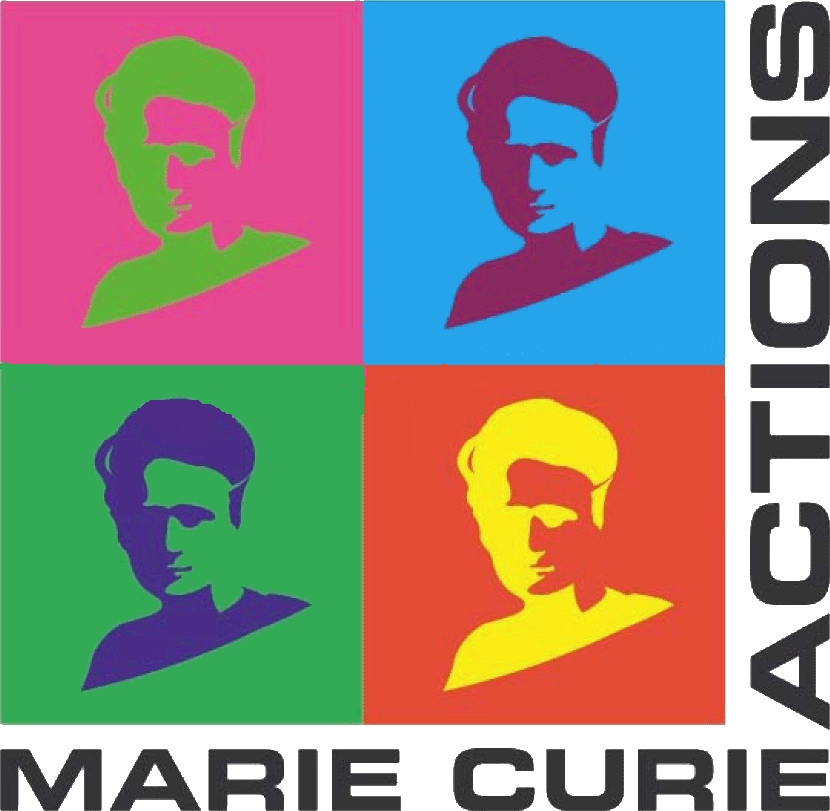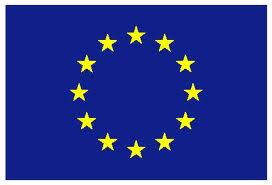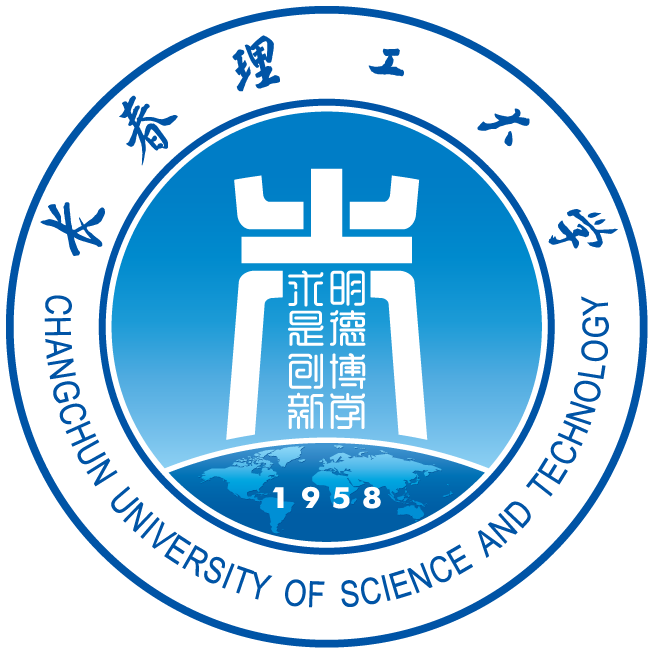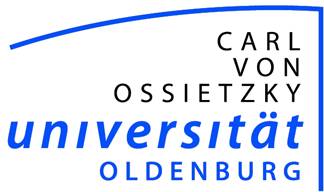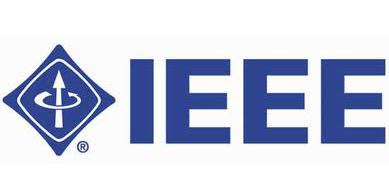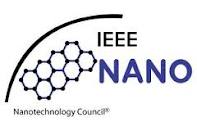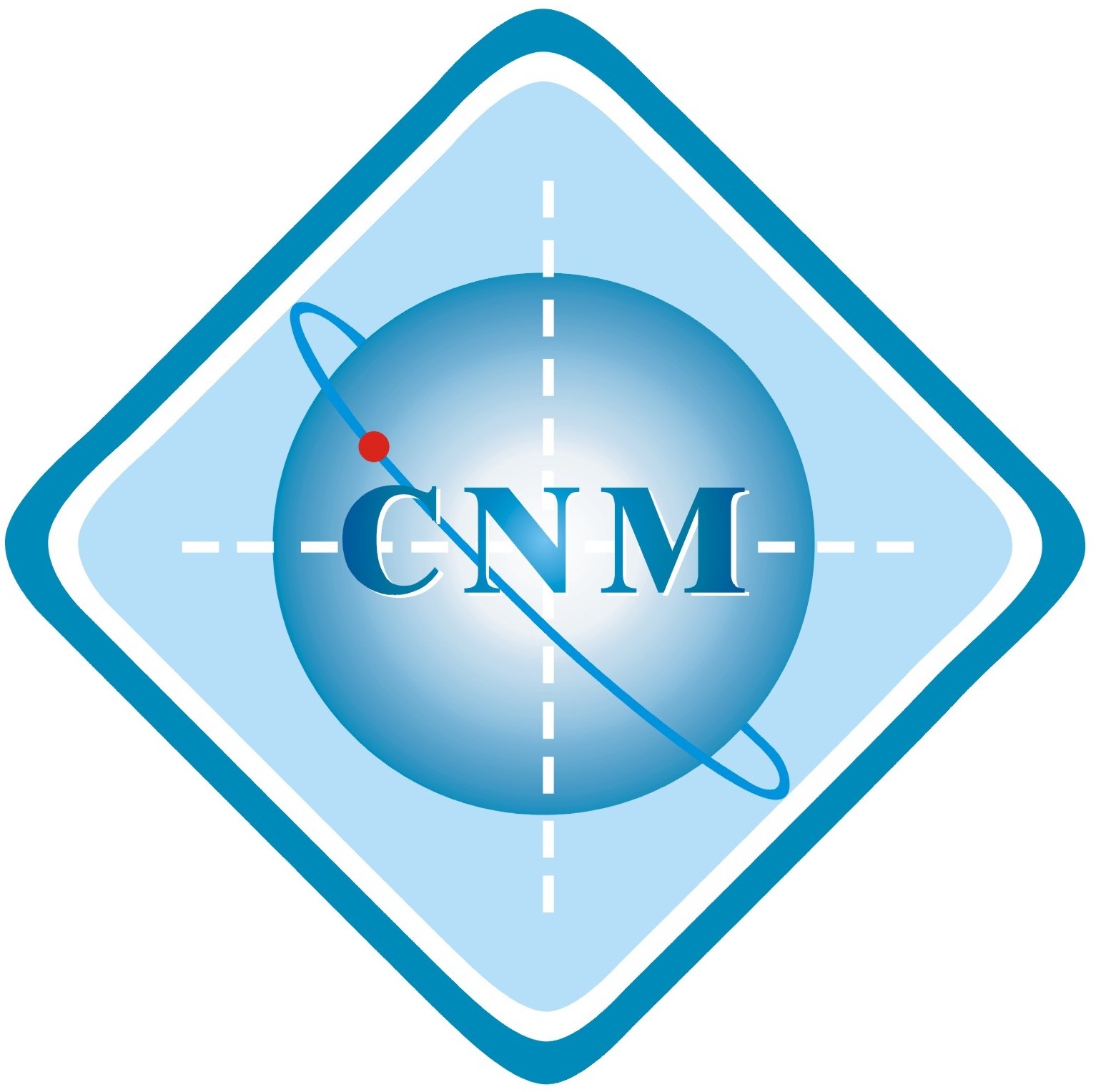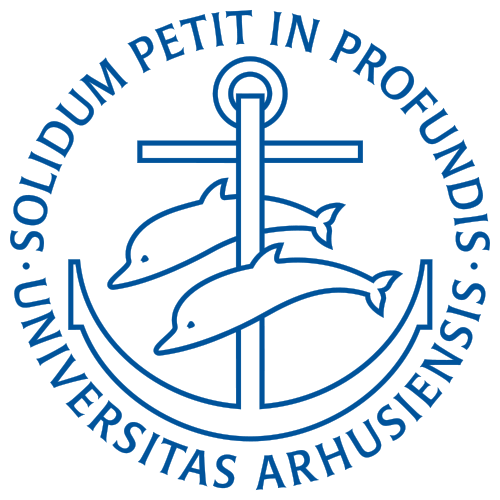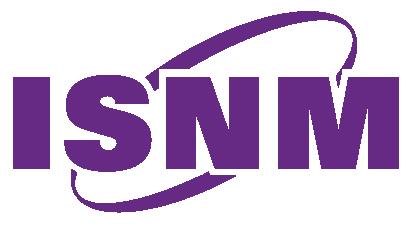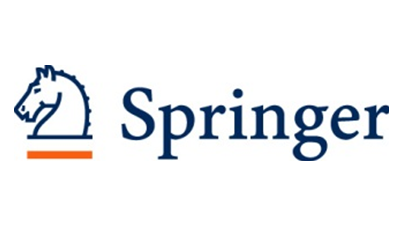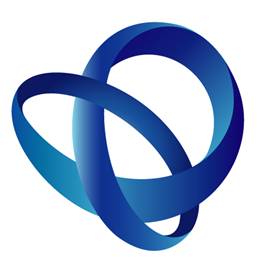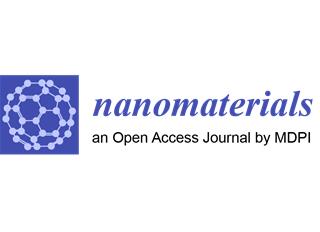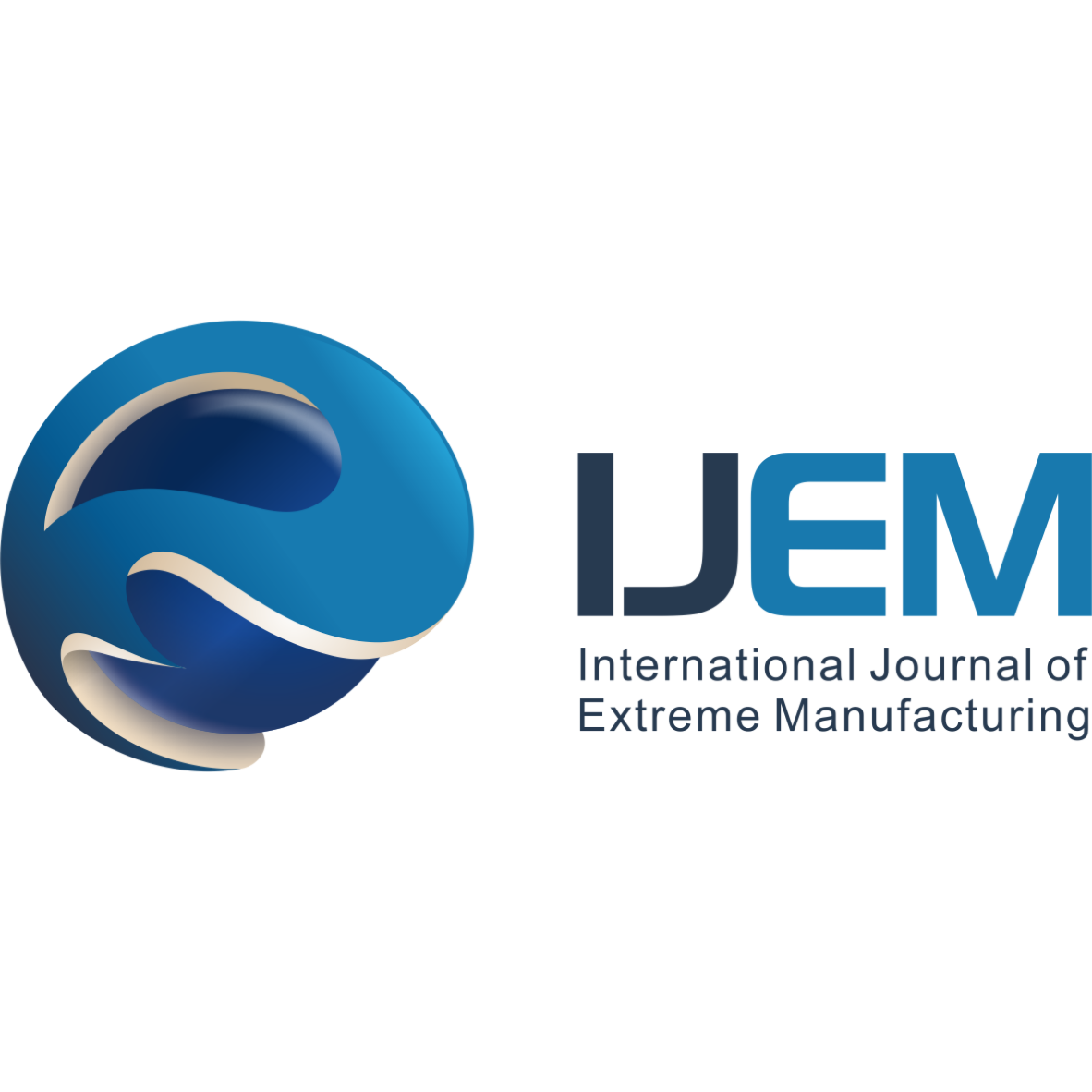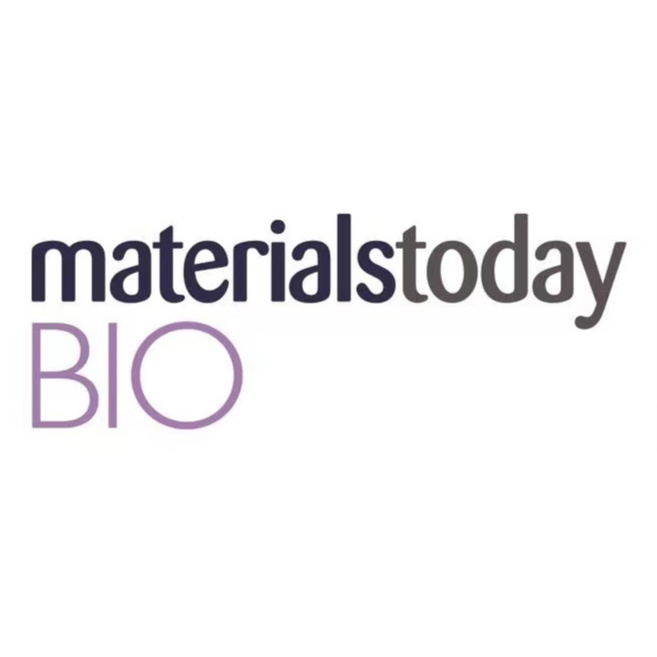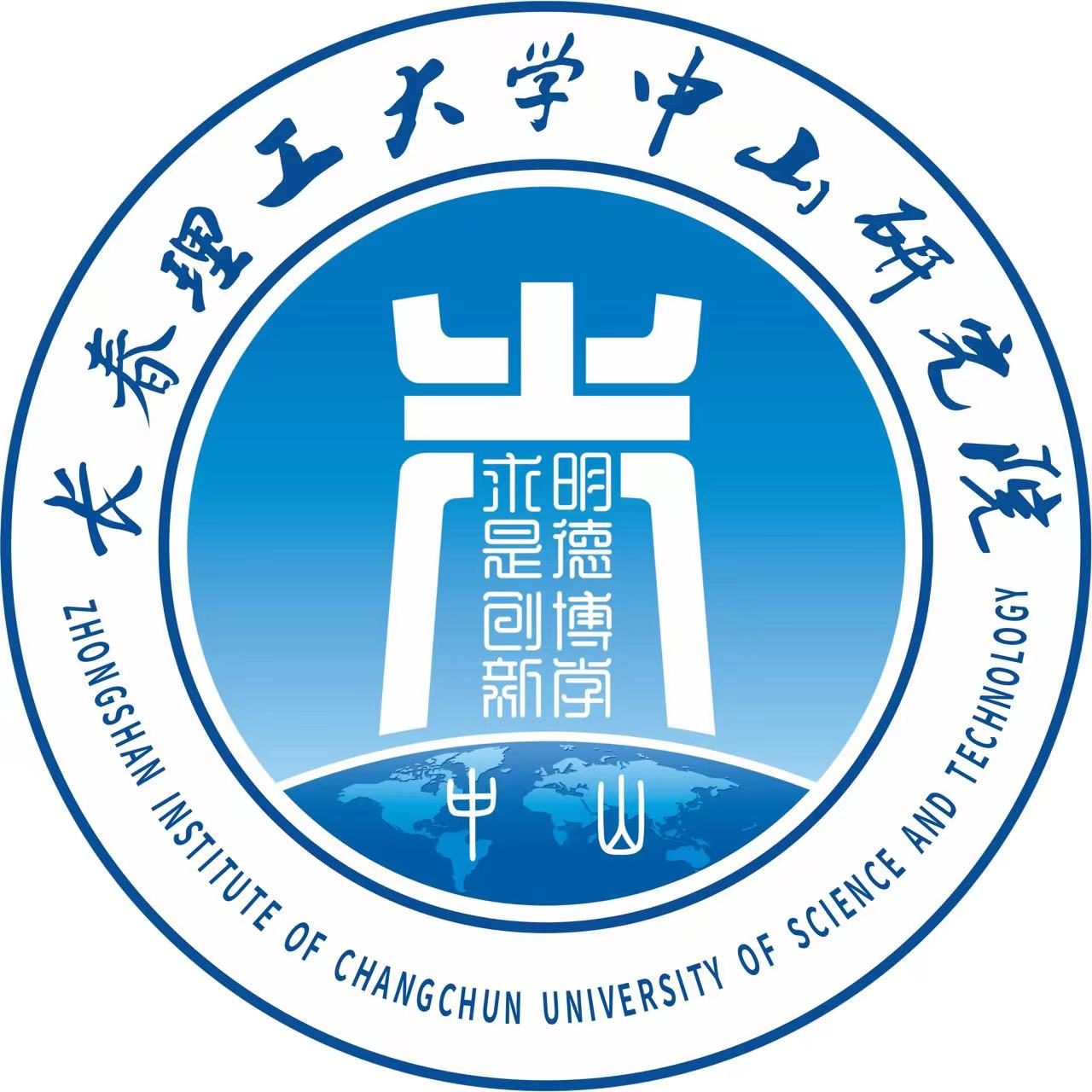| |
|
|
|
Harald Fuchs |
| Academician/ Professor |
| Head |
| Physikalisches Institut and Center for Nanotechnology (CeNTech) |
|
Westfälische Wilhelms-Universität Münster |
| Germany |
|
|
|
Title:Molecules at work: From precision chemistry to cooperative molecular machines
Abstract:
On-surface precision chemistry allows to apply unique chemical reaction schemes such as orthogonal- and surface catalyzed reactions with are not achievable with conventional liquid- or gas phase reactions. In addition, the supporting surfaces may be first chemically and structurally modified, e.g. by partial oxidation and reconstruction, thus opening a wide variety of molecule-surface- as well as molecule-molecule interactions. In addition, the dimensional properties of the surface can be varied, ranging from planar 2D- to 1D- and 0D-reconstructed surfaces [1]. Intermediate chemical states as well as the final products can be effectively analyzed with submolecular resolution using scanning probe techniques such as low-temperature STM and AFM under ultrahigh vacuum condition. Beyond a number of useful on-surface reactions including polymer formation etc. We found a fascinating new and powerful route of on-surface chemistry which allows to set up a novel strategy for the generation of intelligent functional systems. To this end, we introduced a molecular swarm like system performing a coordinated surface restructuring based on N‐heterocyclic carbenes (NHC). They are binding covalently to a single noble metal atom e.g. on a Au(111) surface after vacuum deposition. Depending on the type of their N-ligands, NHCs the are essentially immobilized vertically by a single surface atom, forming, for example, unidirectional rotators, or are able to fully pull a single atom out of the surface and then travel on this newly formed ad-atom in the so-called ‘ballbot’- motion type across the surface, eventually forming densely packed islands. These molecular ballbots form spontaneously on the surface after vacuum deposition. We discovered that on an Au(1x2) reconstructed surface ballbot-NHcs are able to autonomously re-organize the surface atom by atom in a ‘swarm-like’ manor. No external stimulation, e.g. by light, electrons or STM and AFM tip-probe manipulation is required to induce this restructuring process. The process occurs in a zipper-mode by these molecular machines which are re-arranging Au atoms with atomic precision and in a massive parallel scheme. As a result, the Au(1x2) surface is locally transferred into an Au(1x3) - ‘Added Row (AR)’ structure. This observation opens the door for the generation of ‘programmed’ and autonomously acting molecular species allowing to optimize surfaces in a cooperative way, for example, for applications in catalysis. Resent results revealed the possibility to generate polymeric structures using NHCs. |
|
Representative papers:
[1] Q. Shen, H.Y. Gao, H. Fuchs, Nano Today. 2017, 13, 77-96
[2] P.A. Held, H. Fuchs, A. Studer, Chem. Eur. J. 2017, 23, 5874-5892
[3] J. Ren, M. Freitag, C. Schwermann, A. Bakker, S. Amirjalayer, A. Rühling, H.-Y. Gao, N. L. Doltsinis, F. Glorius, H.Fuchs, Nano Lett. 2020, 20 (8), 592
[4] G.Wang, A. Rühling, S. Amirjalayer, M. Knor, J. B. Ernst, C. Richter, H.-J. Gao, A. Timmer, H.Y. Gao, N.L. Doltsinis, F. Glorius, H. Fuchs, Nature Chemistry. 2017, 9, 152
[5] S. Amirjalayer, A. Bakker, M. Freitag, F. Glorius, H. Fuchs, Angew.Chem. Int. Ed. 2020, 59, 21230.
| |
|

